When you hit the slopes, staying dry is key - but what’s in your waterproof gear might surprise you. Many jackets, pants, and ski waxes use PFAS and PFCs, chemicals that repel water but can harm your health and the environment. These "forever chemicals" don’t break down, building up in ecosystems and even our bodies.
Here’s what you need to know:
- Health Risks: PFAS and PFCs are linked to hormone disruption, weakened immunity, and cancer.
- Environmental Impact: They contaminate snow, water, and wildlife, sticking around for decades.
- Better Alternatives: Safer options like PFC-free membranes, plant-based sprays, and biodegradable ski waxes are now available. Brands like Patagonia and Snowfeet* are leading the charge with gear that works just as well without harmful chemicals.
Non-toxic waterproofing protects you and the mountains you love. Choosing safer gear and treatments isn’t just smart - it’s the future of winter sports.
PFAS-Free Waterproof Jackets | What It Means for You
Problems with Standard Waterproofing Chemicals
The winter sports industry has relied on waterproofing chemicals for years to keep gear functional in tough conditions. While these treatments do their job well, they come with serious downsides for both human health and the environment.
What Are PFAS and PFCs?
PFAS (per- and polyfluoroalkyl substances) and PFCs (perfluorinated compounds) are synthetic chemicals commonly used to waterproof winter sports gear. You’ll find them in ski jackets, pants, gloves, and even ski and snowboard wax. These chemicals create a strong barrier against water, dirt, and grease, making them ideal for high-performance gear.
The problem? They’re often called "forever chemicals" because they don’t break down naturally. This durability, while great for waterproofing, leads to long-term environmental and health concerns.
Health and Environmental Risks
PFAS and PFCs have been linked to hormone disruption, immune system issues, and even cancer. For winter sports enthusiasts, the risk of exposure comes from direct contact with treated gear or even inhaling particles from ski wax.
On the environmental side, these chemicals don’t just stay on your gear. They can leach into snow, which eventually melts and carries them into streams and groundwater. This contamination affects local water supplies and wildlife. Studies have found traces of these compounds in mountain ecosystems, where they harm aquatic life and disrupt delicate environmental balances. Ski wax containing PFCs, for example, can leave behind mineral oil and fluorinated residues that are toxic to fish and other organisms.
Why Replacing Standard Waterproofing Is Difficult
Switching away from PFAS and PFCs isn’t as simple as it sounds. These traditional treatments are incredibly effective, offering long-lasting water repellency and durability. Eco-friendly alternatives, while improving, still require more frequent reapplication and don’t always perform as well under extreme conditions.
Take Gore-Tex as an example. In 2017, Gore Fabrics committed to phasing out PFCs and aimed to make 85% of its products PFC-free by 2020. While progress has been made, maintaining the same level of performance without these chemicals has required significant investment in research and development. Even now, PFC-free options often need more upkeep, which can be a dealbreaker for some users.
Here’s a quick comparison of traditional waterproofing versus PFC-free alternatives:
| Challenge | Traditional | PFC-Free |
|---|---|---|
| Water Repellency | High and long-lasting | Good, but needs frequent reapplication |
| Durability | Extremely durable | Requires more upkeep |
| Performance Consistency | Reliable in all conditions | Can vary under extreme conditions |
| Cost | Lower production costs | Higher R&D and manufacturing costs |
The push for non-toxic waterproofing is gaining momentum, but the industry is still walking a fine line. Balancing environmental concerns with the high-performance demands of winter sports gear remains a tough challenge. There’s no doubt the need for safer, high-performing alternatives is more urgent than ever.
Benefits of Non-Toxic Waterproofing for Winter Sports
Choosing non-toxic waterproofing isn’t just about avoiding harmful chemicals - it’s also about boosting performance and protecting the environment. Today’s options match, and sometimes even surpass, traditional treatments in effectiveness, all while being kinder to the planet.
Safer Options for Waterproofing
Gone are the days when waterproofing meant relying on chemicals like PFAS and PFCs. There are now plenty of eco-friendly alternatives that get the job done.
- Plant-based sprays: These water-based, biodegradable treatments, like those from Nikwax, create a protective layer that keeps water out while letting your gear breathe naturally.
- Silicon-based coatings: These provide excellent water resistance without the long-lasting environmental harm of fluorinated chemicals.
- Wax-based treatments: Brands like NZERO are leading the way with organic, vegetable-based ski waxes. These are free from paraffins and hydrocarbons and made entirely from biodegradable plant ingredients.
- PFC-free membranes: Companies like Sympatex and Ceplex Green are offering waterproofing membranes that rival traditional options in performance.
Performance Without Compromise
Non-toxic waterproofing has come a long way, closing the performance gap with traditional treatments. Modern PFC-free membranes - like Gore’s new ePE or Sympatex products - offer top-notch water resistance and breathability. These membranes block out moisture while allowing sweat vapor to escape, keeping you dry even during the most intense winter activities.
Patagonia made waves in 2023 with the Storm Shift ski kit, featuring Gore’s PFC-free ePE Membrane. This launch marked a major step forward for non-toxic, high-performance winter sports gear. And while some non-toxic options may require occasional reproofing, the trade-off is worth it for those prioritizing health and sustainability.
| Performance Factor | Traditional (PFC/PFAS) | Non-Toxic Alternatives |
|---|---|---|
| Water Resistance | Excellent | Comparable |
| Breathability | High | High (in leading products) |
| Durability | Long-lasting | Good, requires reproofing |
| Environmental Impact | Persistent, toxic | Biodegradable, low toxicity |
| Health Risks | Linked to health issues | Minimal, safer for users |
Why Winter Sports Enthusiasts Should Care
For winter sports lovers, non-toxic waterproofing offers some game-changing perks:
- Health and safety: By eliminating exposure to harmful chemicals linked to hormone disruption and even cancer, these treatments provide peace of mind for athletes who spend hours in treated gear.
- Comfort: Non-toxic treatments work with your body, managing moisture effectively and reducing the risk of skin irritation from chemical residues.
- Environmental responsibility: Winter sports enthusiasts often have a deep connection to mountain ecosystems. Unlike PFAS and PFCs, which can linger for years and contaminate water supplies, biodegradable alternatives break down naturally and won’t harm wildlife.
For those exploring cutting-edge sports like skiskating - popularized by Snowfeet* - non-toxic waterproofing is a perfect match. It complements the agility and performance of their short-ski designs while supporting eco-friendly practices.
Finally, non-toxic waterproofing helps extend the life of your gear. By protecting it from moisture and wear without causing chemical degradation, these treatments ensure your investment lasts longer. Whether you’re using traditional long skis or the innovative short skis from Snowfeet*, you’ll get more value and durability from your equipment.
sbb-itb-17ade95
Snowfeet*: Leading Eco-Friendly Winter Sports Gear
The winter sports industry is slowly waking up to environmental concerns, and Snowfeet* is leading the charge with a fresh approach to sustainable gear. This brand isn’t just creating new equipment - it’s reshaping the way we think about winter sports by focusing on performance and eco-consciousness. Their dedication to these principles is evident in their innovative designs and commitment to safer, greener practices.
Compact, Versatile Gear That Changes the Game
Snowfeet* is shaking things up with their short skis and skates, offering a fun and accessible alternative to traditional winter sports gear. Their lineup includes everything from the 15-inch Mini Ski Skate (priced around $250) to the 47-inch Short Ski (approximately $775). The beauty of these products? They’re designed to work with regular winter shoes, snowboard boots, or ski boots, cutting out the need for expensive, specialized gear. This makes winter sports easier to try for beginners and seasoned pros alike.
One of their standout contributions to the industry is skiskating, a hybrid winter sport that combines the thrill of skiing with the ease of skating. Snowfeet* envisions skiskating as a potential future Olympic event, and their efforts go beyond just creating products - they’re expanding the possibilities of winter sports to make them more inclusive and environmentally friendly.
Why Non-Toxic Waterproofing Matters for Snowfeet* Gear
Snowfeet* gear often pairs with everyday footwear, which typically doesn’t come pre-treated like traditional ski boots. That’s where non-toxic waterproofing treatments come in. Eco-friendly options like biodegradable sprays or products from brands like Nikwax can keep your shoes dry and comfortable without exposing you to harmful chemicals like PFAS or PFCs.
Another bonus? Snowfeet* products are lightweight and compact, meaning there’s less material to treat compared to bulky skis or snowboards. This translates to a lower overall chemical footprint. By promoting biodegradable waterproofing solutions that naturally break down without harming wildlife or contaminating water supplies, Snowfeet* ensures their gear is not only durable but also kind to the planet.
How Snowfeet* Stands Out from Traditional Brands
Snowfeet* is rewriting the rulebook for winter sports gear, emphasizing eco-friendly practices and accessibility. Here’s a quick look at how they compare to standard ski and snowboard brands:
| Feature | Snowfeet* | Traditional Ski/Snowboard Brands |
|---|---|---|
| Eco Design | Uses non-toxic, biodegradable materials and waterproofing | Often relies on PFAS/PFCs in treatments |
| Portability | Compact and fits in a backpack | Bulky and requires special transport |
| Maintenance | Supports eco-friendly care options | Frequently uses chemical-based waxes and coatings |
| Footwear | Works with regular shoes or boots | Requires costly, specialized boots |
| Innovation | Introduces new sports like skiskating | Sticks to traditional skiing and snowboarding |
| Accessibility | Lower cost and easier to use | High costs and specialized knowledge needed |
While big names like Burton, Salomon, and Atomic are making steps toward sustainability, many still rely on traditional waterproofing chemicals that linger in the environment. Snowfeet* challenges this norm by asking: Do we really need bulky, chemically treated gear to enjoy winter sports?
Their philosophy is simple but powerful - smaller skis can deliver big fun while leaving a smaller environmental footprint. Snowfeet* proves that you don’t need oversized, cumbersome equipment to have an incredible day on the slopes. And just as they show that compact gear can be just as thrilling, they also demonstrate that staying dry and protected doesn’t have to come at the planet’s expense. It’s a win for both adventurers and the environment.
Conclusion: A Safer, Cleaner Future for Winter Sports
Switching to non-toxic waterproofing isn’t just a fleeting trend - it’s a game-changing move that protects both winter sports enthusiasts and the mountain landscapes they love. For years, traditional waterproofing chemicals like PFAS and PFCs have left a damaging legacy, polluting the environment and posing serious health risks, including hormone disruption and even cancer .
Thankfully, safer, high-performance alternatives are now on the market. These eco-friendly solutions prove you don’t have to compromise safety for functionality. You can have both.
Take Snowfeet* for example. Their innovative short skis, skates, and accessories challenge outdated industry norms. Compact and versatile, they work with everyday footwear while reflecting a commitment to more sustainable practices. This is the kind of forward-thinking approach that’s reshaping winter sports.
The way forward is clear: look for gear labeled PFAS- or PFC-free, maintain it with biodegradable products like Nikwax , and support brands prioritizing environmental health. Companies like Gore Fabrics are leading the charge - by 2020, they aimed for 85% of their products to be manufactured without PFC pollutants. These efforts show that progress is not just possible - it’s happening.
Winter sports have always been about freedom and connecting with nature. By embracing non-toxic waterproofing, we ensure future generations can enjoy the same pristine mountains and clean snow we do today. Choosing responsible gear protects both you and the planet, keeping our natural playground as untouched as possible.
FAQs
What are the health risks of PFAS and PFCs in winter sports gear, and how can I reduce my exposure?
PFAS (per- and polyfluoroalkyl substances) and PFCs (perfluorinated compounds) are often used in traditional waterproofing treatments for winter sports gear. The problem? These chemicals are linked to some serious health concerns, like hormonal disruptions, immune system issues, and even a higher risk of certain cancers. On top of that, they stick around in the environment for ages, contributing to long-term pollution.
Want a safer option? Go for non-toxic waterproofing solutions that don’t contain PFAS or PFCs. These eco-conscious alternatives keep you dry and protected without harming your health - or the planet. If you’re into winter sports, brands like Snowfeet* offer cool products like mini skis and skates that pair great with sustainable gear. Choosing these safer options means you can hit the slopes guilt-free, knowing you're taking care of yourself and the environment.
Are non-toxic waterproofing solutions as effective and durable as traditional chemical treatments like PFAS and PFCs?
Yes, non-toxic waterproofing solutions can work just as well as the traditional PFAS and PFC-based treatments - minus the harmful environmental side effects. These eco-friendly options are designed to keep water, snow, and ice at bay while still allowing your gear to breathe. That makes them a solid pick for winter sports fans who want high performance without compromising on sustainability.
Traditional chemical treatments often release harmful substances into the environment, but non-toxic alternatives are a safer choice for both you and the planet. If you're into winter fun with gear like Snowfeet* Mini Ski Skates or Skiboards, switching to non-toxic waterproofing means your equipment stays protected while you stay true to your commitment to a cleaner, greener world.
Why is it important for winter sports enthusiasts to choose eco-friendly gear like Snowfeet* over traditional ski and snowboard brands?
Choosing gear that’s kind to the planet - like Snowfeet* - is a great choice for winter sports fans who care about preserving the environment while having fun outdoors. Unlike many traditional ski and snowboard brands that use harsh waterproofing chemicals, Snowfeet* takes a different approach, focusing on non-toxic solutions that are better for both you and the planet.
Snowfeet* offers unique products like their mini ski skates and skiblades, which are designed to be lightweight and compact. These aren’t just eco-friendly - they’re also a blast to use. Forget the old-school idea that longer skis are always better. Snowfeet* proves that shorter skis can deliver more freedom and fun on the slopes. By picking Snowfeet*, you’re choosing a smarter, greener, and more adventurous way to enjoy winter sports.







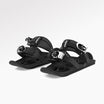
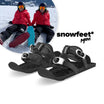
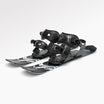
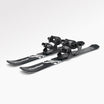

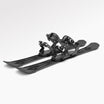

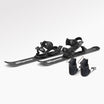






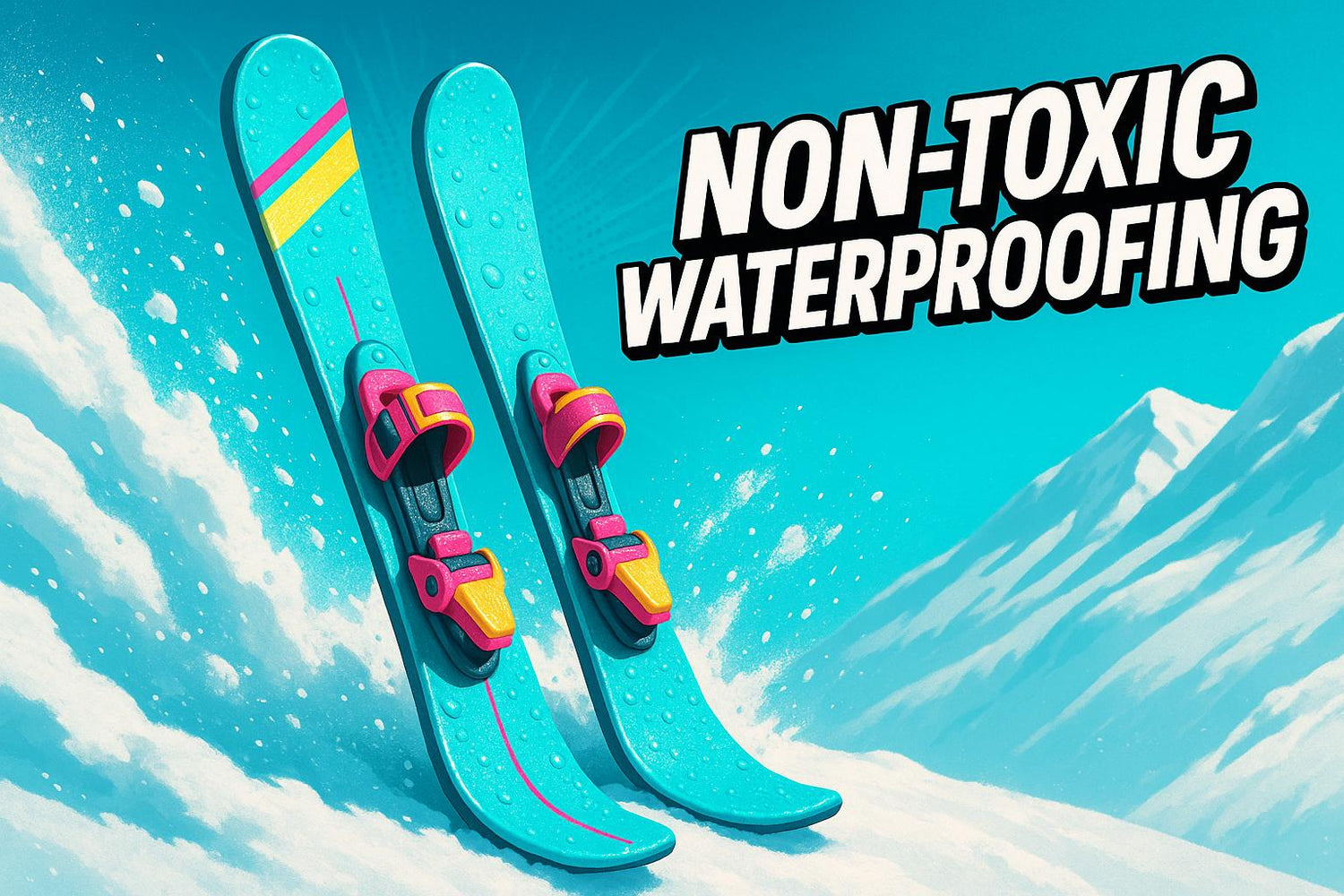






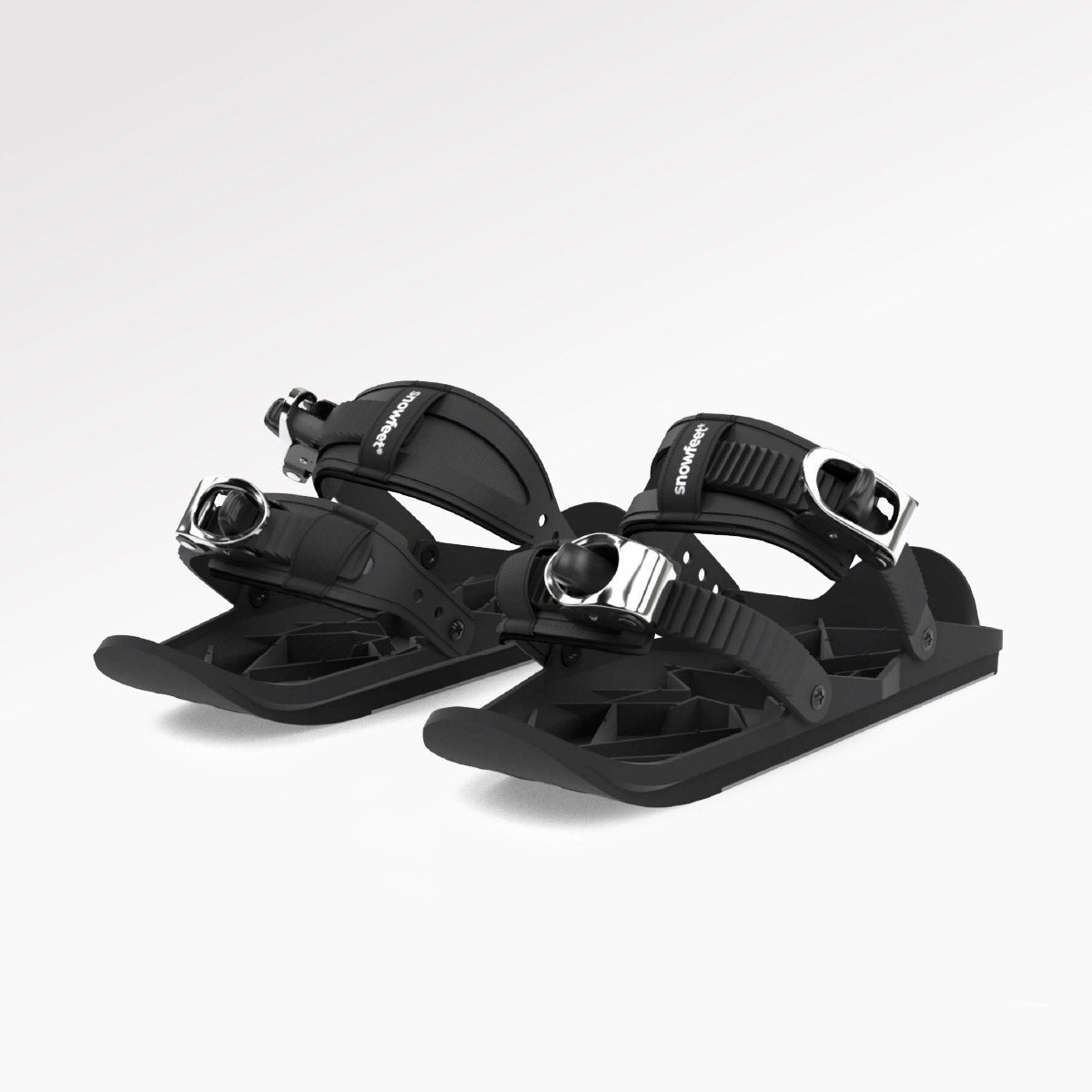
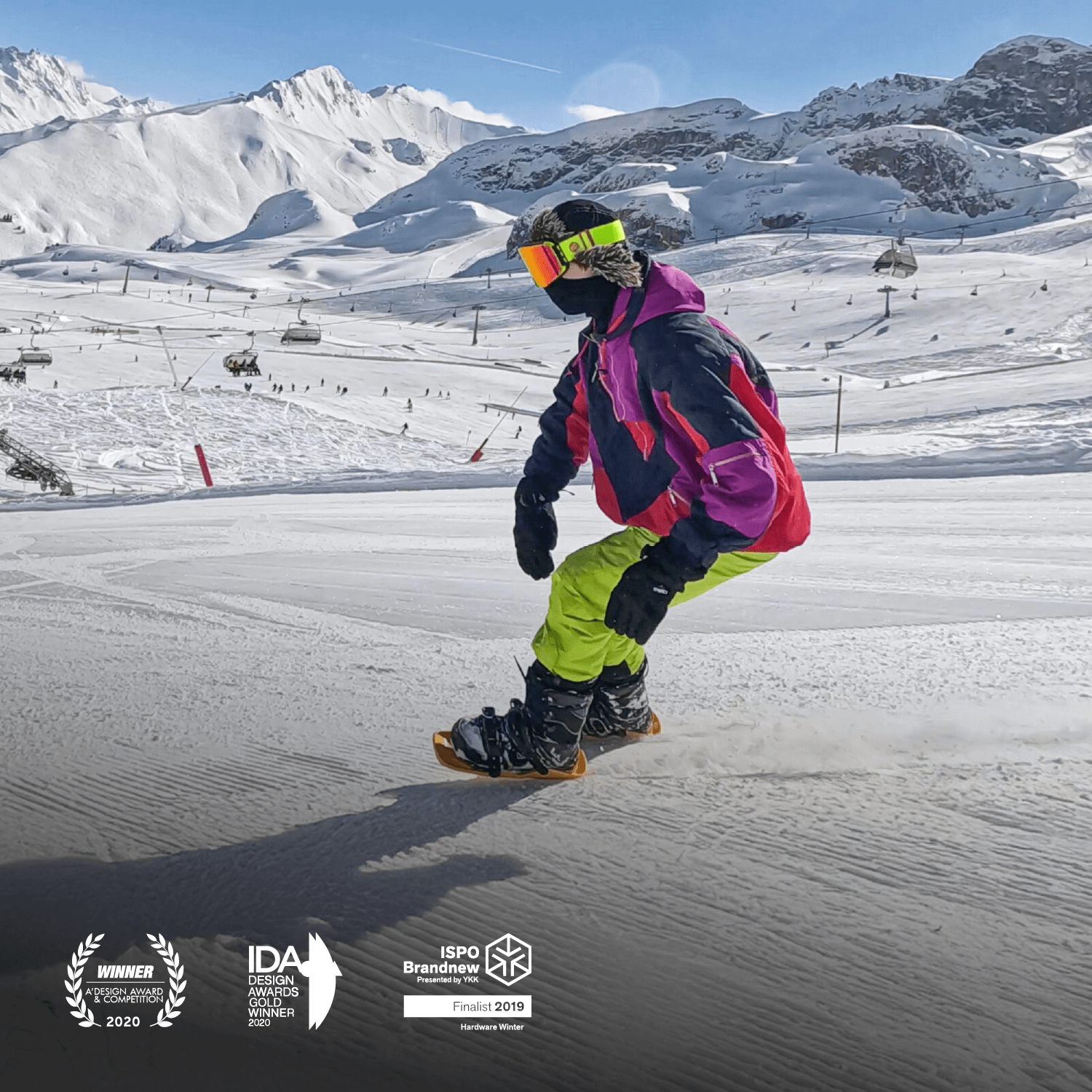
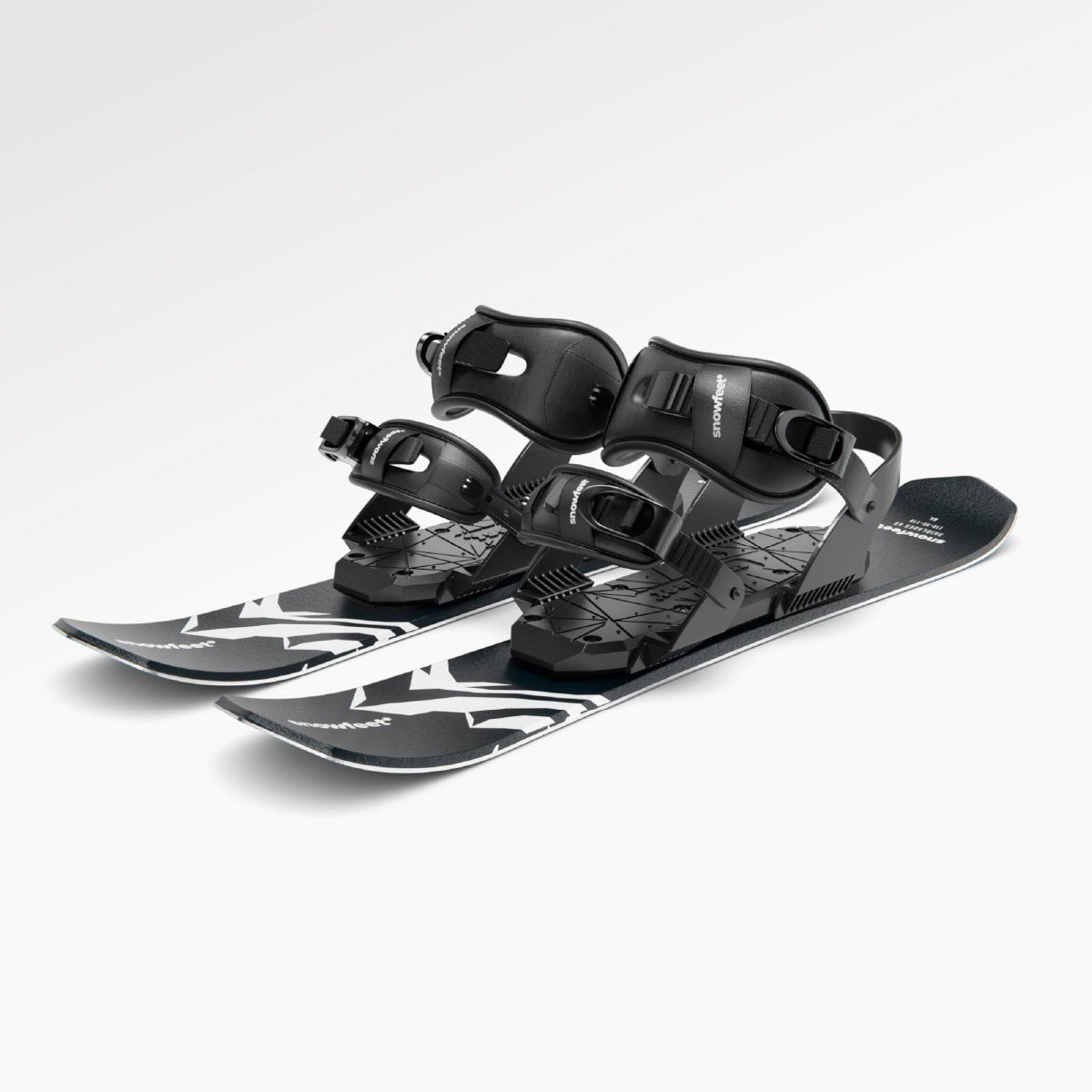

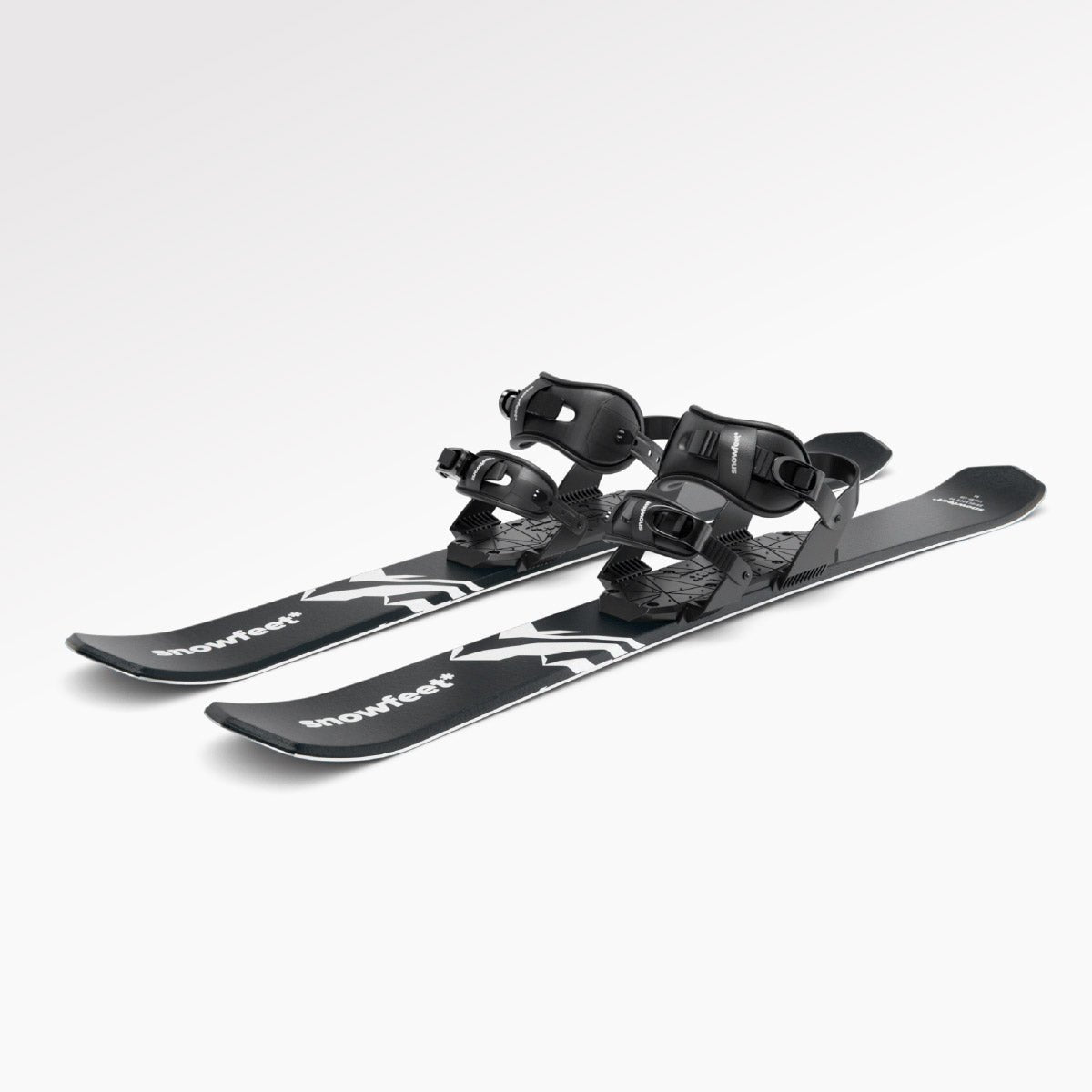

Leave a comment
This site is protected by hCaptcha and the hCaptcha Privacy Policy and Terms of Service apply.